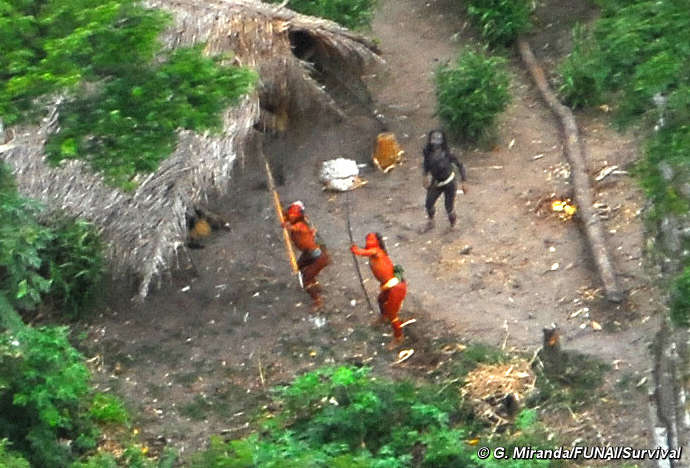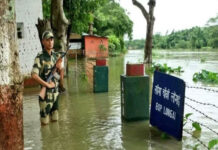With the increased globalization, the world has become more interconnected. Due to the increased regional integration, several indigenous tribal groups around the world are on the verge of extinction. These tribes had to face the threat of extinction before, having endured the challenges of colonial intrusions, civil war, revolution and forced collectivisation. Today, their herding way of life is again seriouslythreatened. We are sharing top tribes who are in danger today.
There are around 150 million tribal people living across the globe – but for how long? We look at the indigenous groups that are on the verge of extinction
1. Andamanese Tribe – India
Tribal (Adivasi) people constitute 8.6% of the nation’s total population, over 104 million people according to the 2011 census.
The native tribal group has been living on Andaman Island for thousands of years in isolation. The tribe is known for its unique physical stature, culture and occupation. Members of the tribe wear typical tribal dresses made of leaves and branches. Their main occupation is hunting, vegetable cultivation and poultry farming. However, the tribe is on the verge of extinction due diseases, loss of territory, drinking habits and violence.
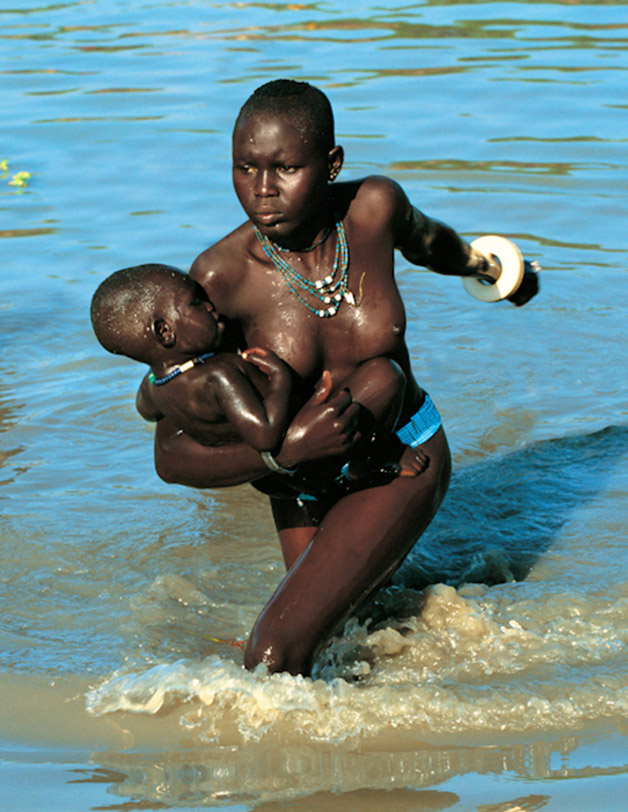
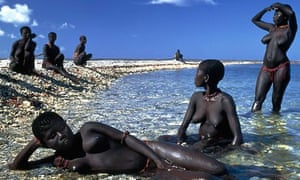
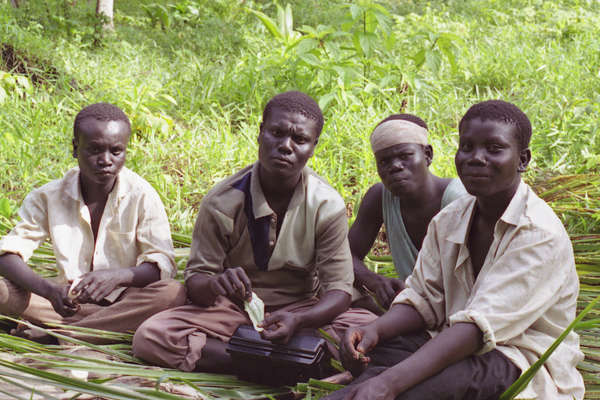
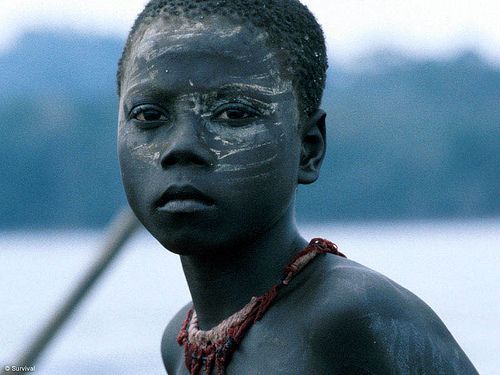
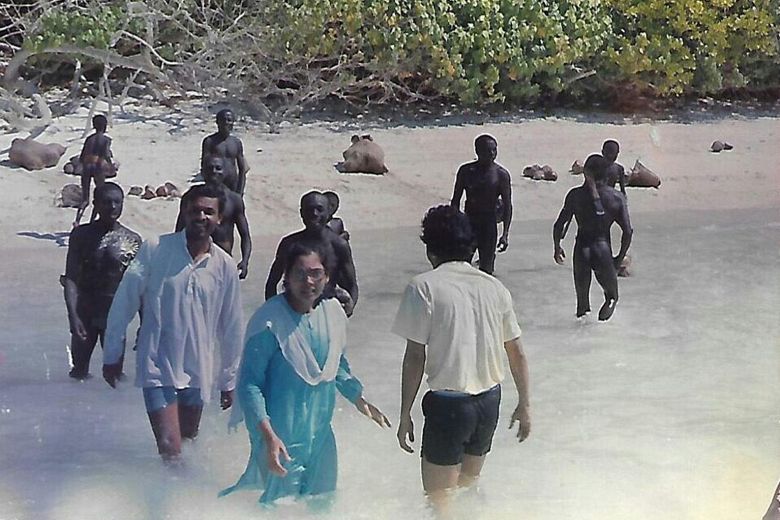
The woman who befriended the Sentinelese
By the end of the eighteenth century, when they first came into sustained contact with outsiders, there were an estimated 7,000 Andamanese divided into five major groups, with distinct cultures, separate domains, and mutually unintelligible languages. In the next century they were largely wiped out by diseases, violence, and loss of territory. Today, there remain only approximately 400–450 Andamanese. One group has long been extinct, and only two of the remaining groups still maintain a steadfast independence, refusing most attempts at contact by outsiders.
The five major groups of Andamanese found by the European colonists were:
- Great Andamanese – extinct 54 admixed Individuals
- Jarawa – now estimated 250 to 400 verified to exist in pure form
- Jangil or Rutland Jarawa – extinct
- Onge – now fewer than 100 verified to exist in pure form
- Sentinelese – now estimated to be 100 to 200.2. Nenets Tribe – Russia
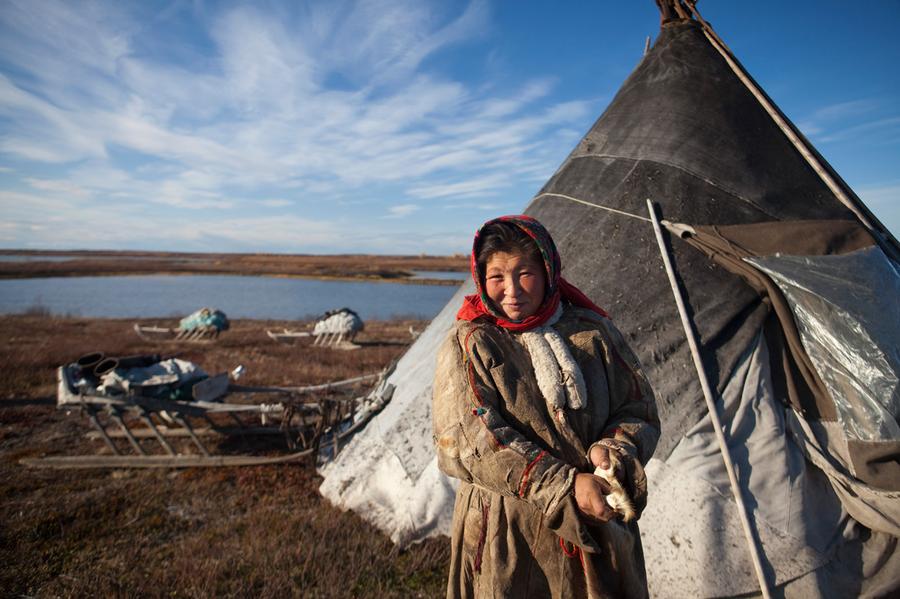
Nenets Tribe Nenets are one of the largest tribal groups of Northern Siberia. They lead a semi-nomadic lifestyle and stay with reindeer. Nenets are mainly engaged in reindeer breeding and herding. Reindeer meat, freshly slaughtered reindeer blood and fish form an important part of their diet. However, the group is now threatened by resource extraction, climate change and poor healthcare.
The Nenets people have lived on and stewarded the tundra’s fragile ecology for hundreds of years says Sophie Grig of Survival International. No developments should take place on their land without their consent, and they need to to receive fair compensation for any damages caused.
3. Rabari Tribe – India
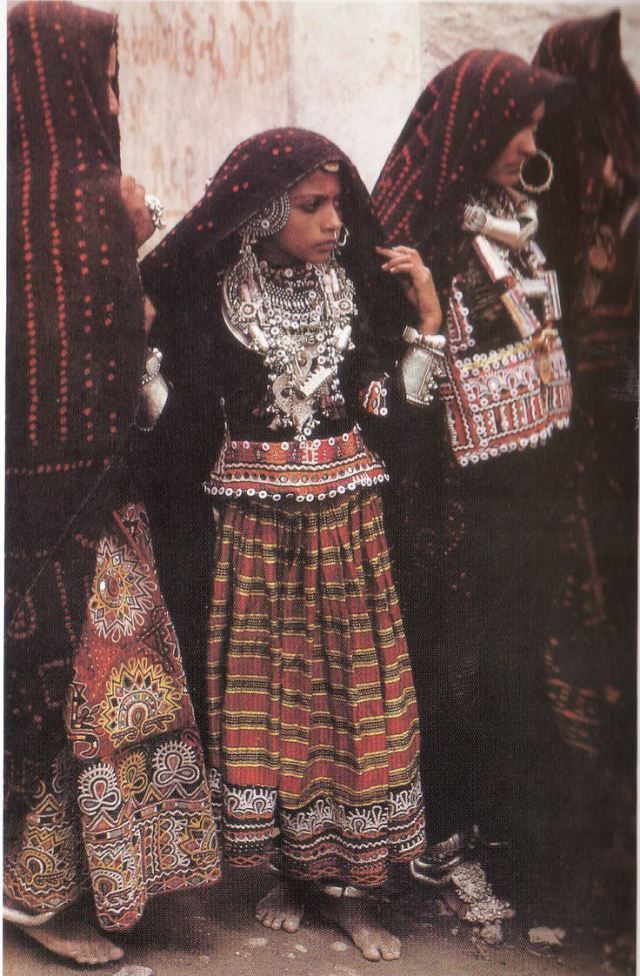
Rabari Tribe – India The Rabari are also known by other names such as Desai, Raibari Dewasi, Hiravanshi, Rebari, Rebadi and Rayka or Raika and also Maldhari. This tribal group is found primarily in the states of Gujarat, Rajasthan and Punjab. These nomadic people live under the open skies or in small tents and huts. They are engaged in raising cattle, goats and camels. Rabari women are known for their embroidery skills. They craft beautifully embroidered shawls, quilts, bags, skirts, blouses and veils.
For almost 1,000 years, the Rabari have roamed the deserts and plains of what is today western India. It is believed that this indigenous group, with a peculiar Persian physiognomy, migrated from the Iranian plateau more than a millennium ago.
4. The Kalash Tribe – The White Tribe, Pakistan
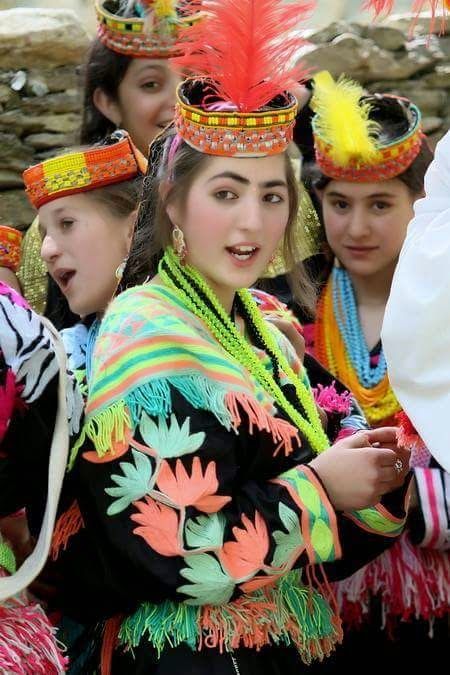
The Kalash Tribe – Pakistan The small tribal community lives in the snow-capped Hindu Kush Mountain. Members of this ethnic group have distinctive features, pale skin, blonde hair and blue eyes. The ancient tribe is known for its unique culture, traditions, rituals and festivals. Unfortunately, the group is facing threats from militants and Islamic extremists. Kalasha women usually wear long black robes, often embroidered with cowrie shells. For this reason, they are known in Chitral as “The Black Kafirs”. Men have adopted the Pakistani shalwar kameez, while children wear small versions of adult clothing after the age of four. Kalash people are divided equally between the adherents of Islam and their own religion. Kalash religion is similar to the religion that was practiced by Rigvedic aryans. Kalash have retained most of the Proto-Indo-Iranian religion (Indo-European religion). The Hindukush area shares many of the traits of Indo-Iranian myths, rituals, society, and echoes many aspects of Ṛigvedic, but hardly of post-Ṛigvedic religion.
5. Batak Tribe – Philippines
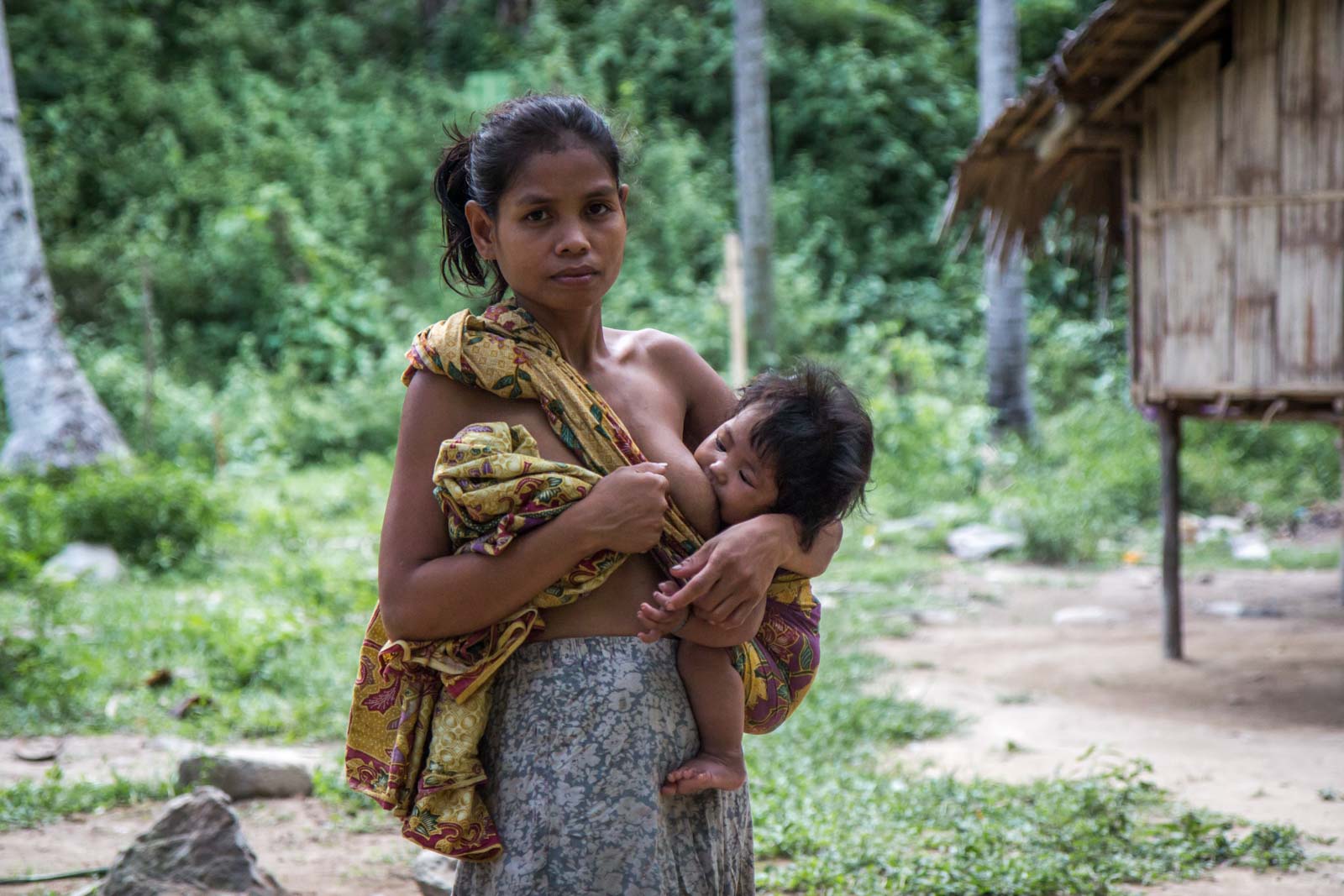
Batak Tribe – Philippines The Batak are one of about 70 indigenous peoples of the Philippines. The ancient tribal group lives in the deep forests of northern Palawan. The Bataks are usually small in stature, dark skinned and short haired. They are primarily engaged in hunting, natural product gathering, fishing and cultivation. However, the population is slowly depleting due to government ban on deforestation and conservation schemes. Also called Tinitianes, the Batak are considered by anthropologists to be closely related to the Ayta of Central Luzon, another Negrito tribe. Rapid depopulation, restricted forest access, sedentary living, and incursion by immigrants has devastated the group culturally. Today, very few Batak marry other Batak but tend to marry from other neighboring groups.
6. Maori Tribe – New Zealand
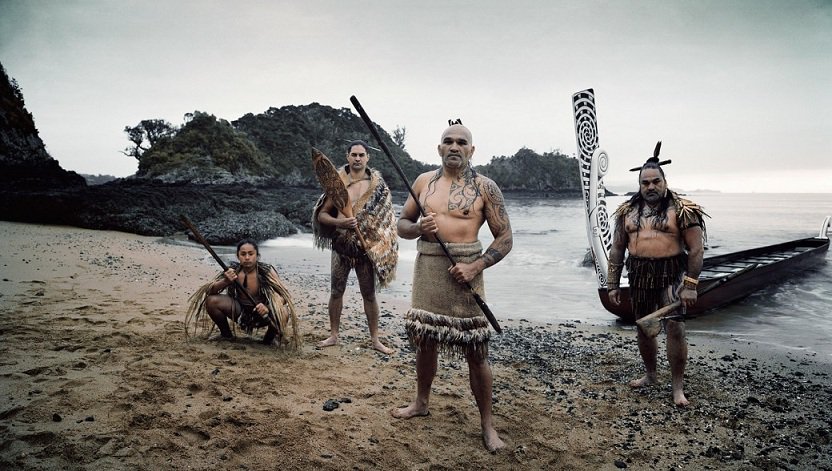
Maori Tribe – New Zealand The tribe is known for its rich culture, unique mythology, distinctive crafts and performing arts, Kapa haka. Visitors can experience dynamic Maori culture and tradition through organized tours. Today Maori people live throughout New Zealand, and many are actively involved with keeping their culture and language alive. Within any Maori community, the marae provides a focus for social, cultural and spiritual life. Maori people define themselves by their iwi (tribe), hapu (sub-tribe), maunga (mountain) and awa (river). Whanau is the name given to family – the term embraces immediate family, in-laws and all those connected by blood ties.
7. El Molo Tribe – Kenya

El Molo Tribe – Kenya It is the smallest tribal community located in north eastern part of Kenya. The tribe depends on Lake Turkana for livelihood. The tribe survives on fishing and crocodile hunting. The El Molo are believed to have originally migrated down into the Great Lakes area around 1000 BC from Ethiopia in the more northerly Horn region. Owing to the arid environment in which they entered, they are held to have then abandoned agricultural activities in favor of lakeside fishing.
Historically, the El Molo erected tomb structures in which they placed their dead. A 1962 archaeological survey in the Northern Frontier District led by S. Brodribb Pughe observed hieroglyphics on a number of these constructions. They were mainly found near springs or wells of water.
8. Dukha Tribe – Mongolia
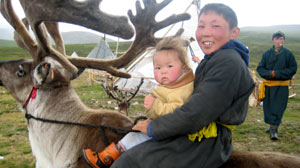
Dukha Tribe – Mongolia Dukha tribe is a small community of reindeer herders located in Hovsgol Province. The nomadic hunter-gatherers depend on reindeer for meat, milk, cheese, hide and transportation. The tribal group is extremely friendly towards tourists. Dukhas live differently from most other people in the world. The Dukha‘s sense of community is structured around the reindeer. Dukha lives in yurts made primarily of birch bark that resembled the tepees of Native-Americans in appearance. According to a 2004 National Geographic report, the Dukha believe that their ancestors’ ghosts live on in the forest as animals that give guidance to the living, Dukha people practise Shamanism, a religion based on nature worship.
9. Goroka Tribe – Indonesia and Papua New Guinea
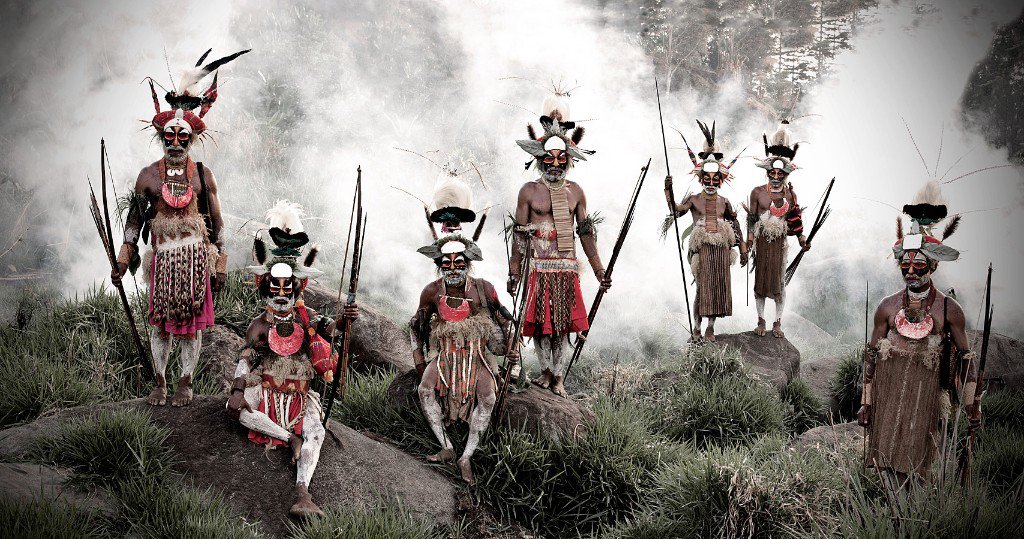
Goroka Tribe – Indonesia and Papua New Guinea This native tribal group resides in small villages of Papua New Guinea. They live like tight-knit families. They often take part in Goroka Show where tourist can experience rare tribal rituals, dance, music and showing-off. It is a Sing-sing held every year close to the country’s Independence Day (16 September) in the town of Goroka, the capital of the Eastern Highlands Province. About 100 tribes arrive to show their music, dance and culture. The festival started in the mid-1950s as an initiative of Australian Kiaps. In recent years it has become a major attraction for both national and international tourists and remains the largest cultural event in Papua New Guinea despite similar shows now being organised in Mount Hagen and other cities around the country.
10. Piraha Tribe – Brazil
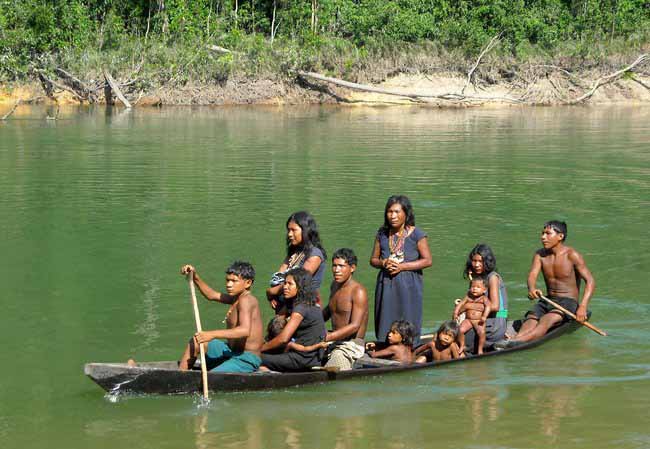
Piraha Tribe – Brazil The Pirahã people are an indigenous hunter-gatherer group of the Amazon Rainforest. The Pirahã are a subgroup of the Mura, who live mainly on the banks of the Maici River in Brazil’s Amazonas state, in the territory on Humaitá and Manicoré municipality. The small group of hunter-gatherers lives along the banks of Maici River. They speak Piraha language, which lacks colors and numbers. They believe in sharing everything with everyone.
The Pirahã are supremely gifted in all the ways necessary to ensure their continued survival in the jungle: they know the usefulness and location of all important plants in their area; they understand the behavior of local animals and how to catch and avoid them; and they can walk into the jungle naked, with no tools or weapons, and walk out three days later with baskets of fruit, nuts, and small game.































